45 label the structure and functions of membrane proteins.
2.6: Membrane Proteins - Biology LibreTexts A membrane protein is a protein molecule that is attached to, or associated with, the membrane of a cell or an organelle. Membrane proteins can be put into two groups based on how the protein is associated with the membrane. Integral membrane proteins are permanently embedded within the plasma membrane. They have a range of important functions. support.microsoft.com › en-us › officeChange axis labels in a chart - Microsoft Support Right-click the category labels you want to change, and click Select Data. In the Horizontal (Category) Axis Labels box, click Edit. In the Axis label range box, enter the labels you want to use, separated by commas. For example, type Quarter 1,Quarter 2,Quarter 3,Quarter 4. Change the format of text and numbers in labels
1.3: Membrane Structure Flashcards | Quizlet Created by. ibbioteacher. This set includes accurate content understandings, applications, skills and nature of science syllabus statements that align to the curriculum standards for IB Biology topic 1.3: Membrane Structure. This set is best for standard and higher level IB Biology students. The set covers phospholipid structure, cell membrane structure and function, structure and function of membrane proteins, and historical models of cell membrane structure.

Label the structure and functions of membrane proteins.
Membrane Proteins- Definition, Structure, Types, Functions Functions of membrane protein. Different functions associated with membrane proteins are as follow: Junctions: Membrane proteins connect and join two cells together. Thus, these allow tight junctions to be formed between cells. Enzymes: Membrane proteins serve as enzymes or biocatalysts to promote chemical reactions. These induce signal transduction process in cells by catalyzing the phosphorylation of the next protein. support.microsoft.com › en-us › officeKnown issues with sensitivity labels in Office - Microsoft... Nov 14, 2022 · Known issues with sensitivity labels in Office Excel for Microsoft 365 for Mac Word for Microsoft 365 for Mac More... This document details the known issues and workarounds with the sensitivity labeling feature in Office and will be kept updated as new issues are discovered and known issues are fixed. Last updated: November 14, 2022 Chapter 5: Membrane Structure and Function Flashcards - Quizlet A membrane is held together primarily by hydrophobic interactions, which are much weaker than covalent bonds. Most of the lipids and some of the proteins can shift about laterally—that is, in the plane of the membrane. The lateral movement of phospholipids within the membrane is rapid. Describe how decreasing temperature affects membrane fluidity.
Label the structure and functions of membrane proteins.. Membrane Protein Structure, Function, and Dynamics: a ... - PubMed Membrane proteins mediate processes that are fundamental for the flourishing of biological cells. Membrane-embedded transporters move ions and larger solutes across membranes; receptors mediate communication between the cell and its environment and membrane-embedded enzymes catalyze chemical reactions. Understanding these mechanisms of action requires knowledge of how the proteins couple to their fluid, hydrated lipid membrane environment. Cell membrane- Definition, Composition, Structure, Functions The outer thin membrane or the layer of the living cell is known as the cell membrane. It is also known as the plasma membrane in animal cells. In the plant cells, it is known as plasmalemma. The term cell membrane was given by Nageli and Cramer (1885) for the membrane covering of the protoplast. Different types of membrane proteins and their structures Types of Integral Proteins. Depending upon the nature of the hydrophobic part of the protein and how they are embedded in the membrane, integral membranes are classified into six types. Type I and type II have only one transmembrane helix with the amino-terminal domain outside the cell in type I, while inside of the cell in type II integral ... support.microsoft.com › en-us › officeVideo: Create labels with a mail merge in Word - Microsoft... Create your address labels. In Word, click Mailings > Start Mail Merge > Step-by-Step Mail Merge Wizard to start the mail merge wizard. Choose Labels, and then click Next: Starting document. Choose Label options, select your label vendor and product number, and then click OK. Click Next: Select recipients.
support.microsoft.com › en-us › officeApply sensitivity labels to your files and email - Microsoft... You can apply sensitivity labels to your files and emails to keep them compliant with your organization's information protection policies. The names of these labels, the descriptions you see when you hover over them, and when to use each label will be customized for you by your organization. If you need additional information about which label to apply, and when, contact your organization's IT department. Describe and draw the structure of the cell membrane/plasma membrane ... Describe and draw the structure of the cell membrane/plasma membrane. Label and describe the functions of the proteins, carbohydrates and cholesterol. - 11452156 Membranes Proteins Structure & Function Questions and Answers - Sanfoundry This set of Cell Biology Multiple Choice Questions & Answers (MCQs) focuses on "Cellular Membranes - Structure and Function of Membrane Proteins". 1. Which of the following is covalently attached to a lipid molecule in cell membrane? a) Integral protein b) Transmembrane protein c) Peripheral protein d) Lipid-anchored protein View Answer 2. Unit 1: Biol 235 Chapter 5 Flashcards | Quizlet Label the structure and functions of membrane proteins. What is the most important distinction between the membrane transporters known as channel proteins and those known as carrier proteins? Channel proteins create water-filled passages for small molecules that do not bind to the protein.
Solved ? Part A Drag the labels onto the flowchart. Reset - Chegg Reset Help Open channels MEMBRANE PROTEINS Channel proteins can be categorized according to Structural proteins Membrane transporters Integral proteins Peripheral proteins activate Membrane are found in are active in are active in Membrane receptors Receptor- mediated endocytosis Cell junctions Cytoskeleton change conformation orm Carrier proteins Signal transfer Function open and close Gated channels Mechanically Voltage-gated gated channel gated channel channel Structure. Membrane Proteins | Functions, Types & Structure - Study.com Membrane proteins are proteins that are part of the cell membrane. This class of proteins makes up about a third of proteins in living organisms and is incredibly diverse in both... support.microsoft.com › en-us › officeGet started with Sticky Notes - Microsoft Support Open the Sticky Notes App. On Windows 10, click or tap the Start button, and type "Sticky Notes." Sticky Notes will open where you left them. In the list of notes, tap or double-click a note to open it. Or from the keyboard, press Ctrl+N to start a new note. To close a note, tap or double-click the close icon ( X ). Membrane Proteins - Microbe Notes In the myelin membrane, which serves mainly as electrical insulation for nerve-cell axons, less than 25% of the membrane mass is protein. By contrast, in the membranes involved in ATP production (such as the internal membranes of mitochondria and chloroplasts), approximately 75% is protein. A typical plasma membrane is somewhere in between ...
Cell Membrane Function and Structure - ThoughtCo Structural proteins help to give the cell support and shape. Cell membrane receptor proteins help cells communicate with their external environment through the use of hormones, neurotransmitters, and other signaling molecules. Transport proteins, such as globular proteins, transport molecules across cell membranes through facilitated diffusion.
Novel insights into the modulation of protein function by lipids and ... A continuously growing amount of evidence underlines the active contribution of lipids and membrane organization to the regulation of the structure and function of transmembrane proteins. In general, lipids of the cell membrane can affect proteins through a mixture of direct and indirect mechanisms. While the former comprise ligand-like binding of lipids at specific binding sites on proteins ...
Structure and Function of Membrane Proteins | SpringerLink Authoritative and up-to-date, Structure and Function Studies of Membrane Proteins serves as an ideal guide for biologists, biochemists, and biophysicists striving to further understand these essential proteins and their many biological roles. Back to top Keywords Over-expression Phospholipid bilayers Protein purification Functional studies
Bio Lecture Notes - Membrane Proteins Polymer chains of amino acids ... A functional protein consists of one or more polypeptides twisted, folded, and coiled, into a unique shape A protein's structure determines its functions. Four Levels of proteins structure Primary structure o the sequence of amino acids Secondary structure o Results from hydrogen bonds between repeating constituents of the polypeptide ...
support.microsoft.comMicrosoft Support Microsoft support is here to help you with Microsoft products. Find how-to articles, videos, and training for Microsoft 365, Windows, Surface, and more.
Biology- Chapter 5 Structure and Function of Plasma Membrane - Quizlet Membrane proteins are a class of proteins that are embedded within or associated with the plasma membrane of a cell or organelle. Membrane proteins provide a variety of functions necessary for cellular survival. Classify each example as a structural, transport, communication, or recognition protein.
Membrane Proteins - Definition, Types, Structure, & Functions Some of the most critical functions performed by membrane proteins are: 1. Enzymatic Functions: Some membrane proteins act as enzymes with their active sites exposed to their substrate molecules. Sometimes, several enzymes in a membrane organize as a team, carrying out sequential steps of a metabolic pathway. 2.
Plasma Membrane Structure - Function, Components, Structure, Fluid ... The structure of plasma membrane is chiefly composed of phospholipid bilayer and proteins. Also, some amount of carbohydrates are present. The composition of both proteins and lipids varies in different cells. Based on the location, the proteins can be peripheral or integral proteins. What is a cell wall?
16.5: A Diversity of Membrane Protein Functions Transmembrane proteins perform most of the functions illustrated here. However, peripheral membrane proteins also play vital roles in membrane function. Remember that Cytochrome c in the electron transport system on the mitochondrial cristal membrane is a peripheral protein. Other peripheral membrane proteins may serve to regulate the transport ...
Structure of the plasma membrane (article) | Khan Academy Learn for free about math, art, computer programming, economics, physics, chemistry, biology, medicine, finance, history, and more. Khan Academy is a nonprofit with the mission of providing a free, world-class education for anyone, anywhere.
6 Important Types of Membrane Proteins (With Diagram) - Biology Discussion Some of the most important types of membrane proteins are as follows: 1. Peripheral (Extrinsic) Proteins 2. Integral (Intrinsic) Proteins 3. Asymmetric Distribution of Membrane Proteins 4. Mobility of Membrane Proteins 5. Enzymatic Properties of Membrane Proteins 6. Isolation and Characterization of Membrane Proteins. 1.
support.microsoft.com › en-us › windowsDownload printer drivers in Windows - Microsoft Support Open Start > Settings > Bluetooth & devices > Printers & scanners . Select the name of the printer, and then choose Remove. To reinstall the printer, select Add device and then select the name of the printer you want to add.
Structure & function of membrane proteins Flashcards | Quizlet Properties of membrane-spanning proteins (integral) 1) span the membrane more than one time; most alpha helix but sometimes beta 2) structure often predicted by primary structure 3) various functions Functions of integral/transmembrane proteins 1) receptors 2)transporters (passive & active) 3) enzymes 4) regulatory proteins 5) junctions
5.1: Components and Structure - Components of Plasma Membranes The primary function of the plasma membrane is to protect the cell from its surroundings. Composed of a phospholipid bilayer with embedded proteins, the plasma membrane is selectively permeable to ions and organic molecules and regulates the movement of substances in and out of cells.
Structure and function of basement membranes - PubMed BMs are a composite of several large glycoproteins and form an organized scaffold to provide structural support to the tissue and also offer functional input to modulate cellular function. While collagen I is the most abundant protein in the human body, type IV collagen is the most abundant protein in BMs. Matrigel is commonly used as surrogate ...
Membrane protein structure and function ‒ LBEM ‐ EPFL Membrane protein structure and function Membrane proteins are central to health and disease. They play essential roles in the functioning of our cells. They regulate cell-cell communication, membrane potential, membrane gradients of pH or ions, the exchange of nutrients and substrates, intracellular signaling, or cell defense.
Membrane Proteins: Functions, Types & Structure - Study.com Proteins that reside mainly within a membrane usually form channels or pores to allow molecules to cross the membrane. Proteins with cytosolic domains (which means they're inside the cell)...
Chapter 5: Membrane Structure and Function Flashcards - Quizlet A membrane is held together primarily by hydrophobic interactions, which are much weaker than covalent bonds. Most of the lipids and some of the proteins can shift about laterally—that is, in the plane of the membrane. The lateral movement of phospholipids within the membrane is rapid. Describe how decreasing temperature affects membrane fluidity.
support.microsoft.com › en-us › officeKnown issues with sensitivity labels in Office - Microsoft... Nov 14, 2022 · Known issues with sensitivity labels in Office Excel for Microsoft 365 for Mac Word for Microsoft 365 for Mac More... This document details the known issues and workarounds with the sensitivity labeling feature in Office and will be kept updated as new issues are discovered and known issues are fixed. Last updated: November 14, 2022
Membrane Proteins- Definition, Structure, Types, Functions Functions of membrane protein. Different functions associated with membrane proteins are as follow: Junctions: Membrane proteins connect and join two cells together. Thus, these allow tight junctions to be formed between cells. Enzymes: Membrane proteins serve as enzymes or biocatalysts to promote chemical reactions. These induce signal transduction process in cells by catalyzing the phosphorylation of the next protein.
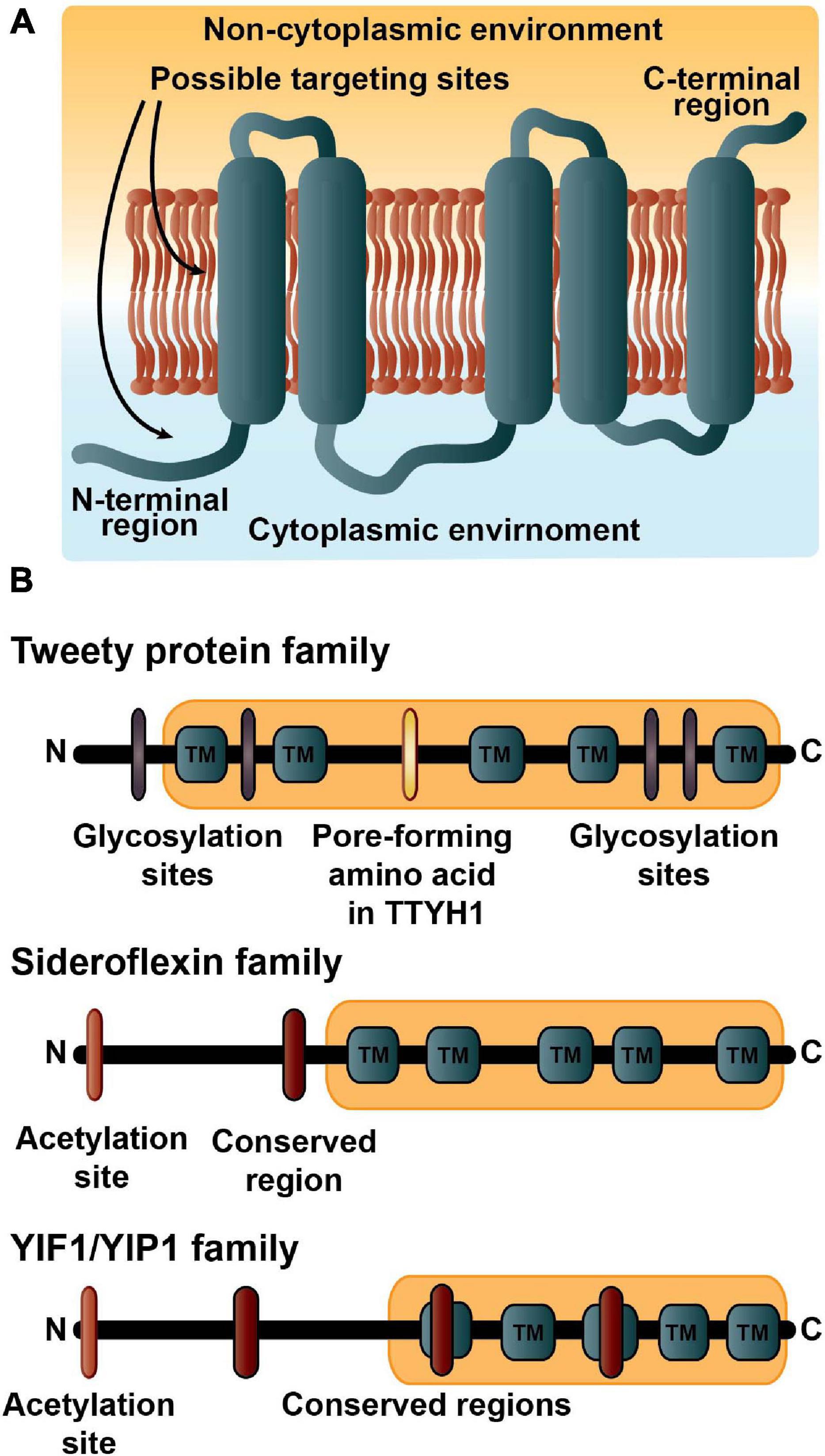


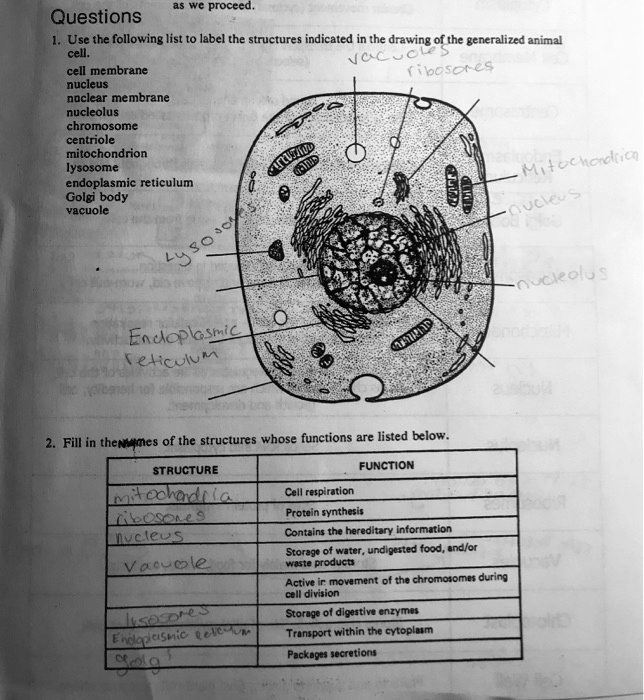

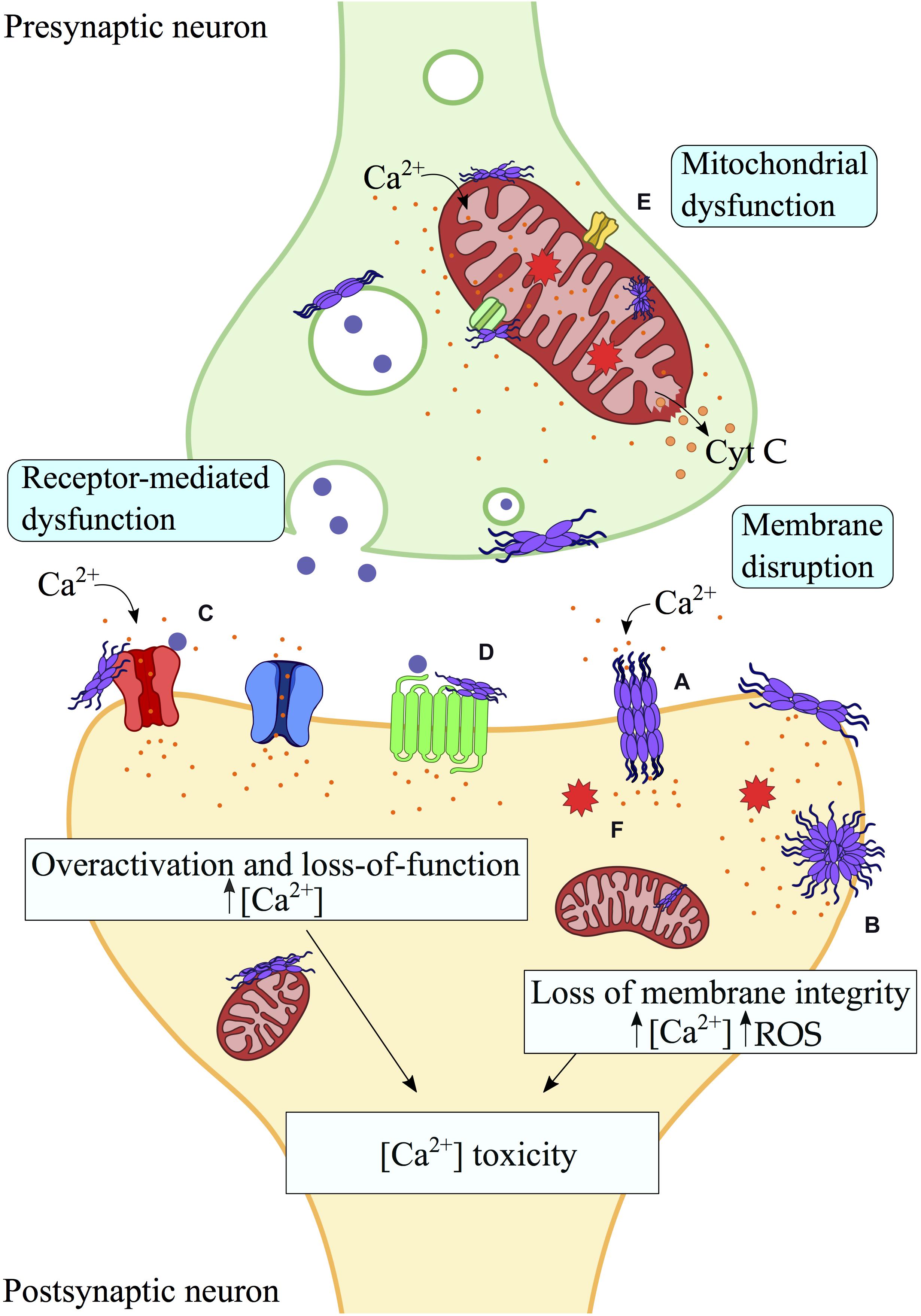
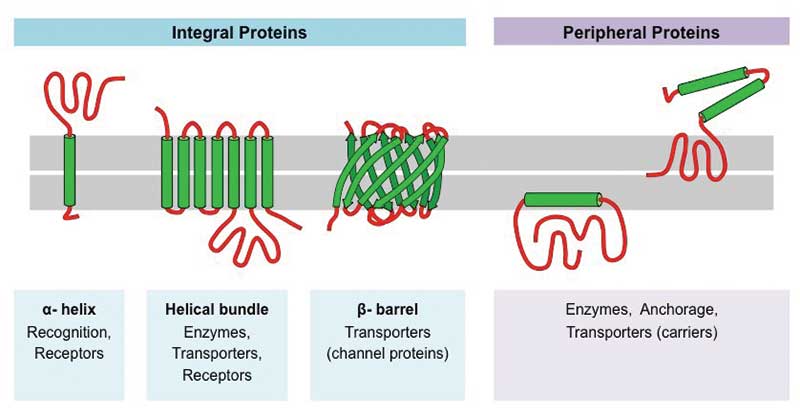
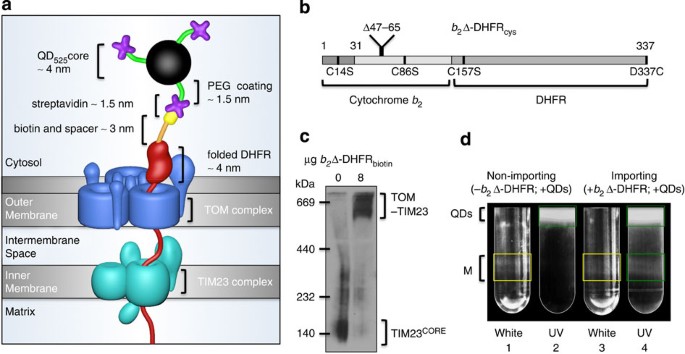
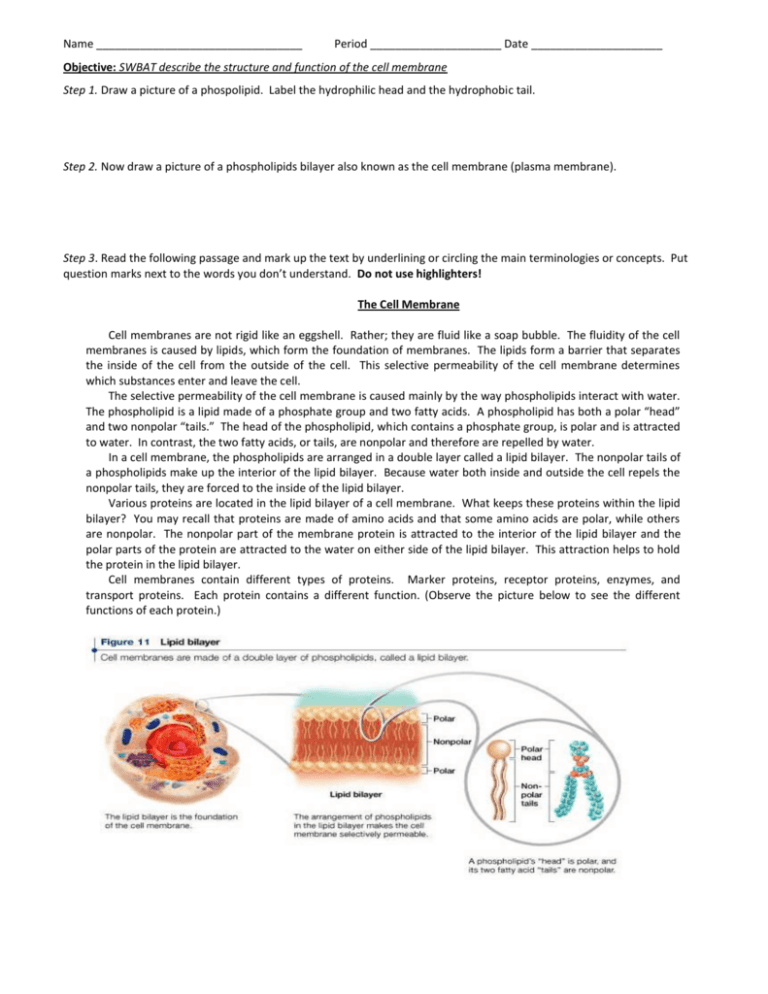



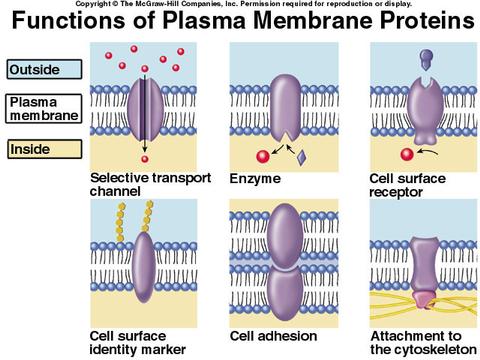
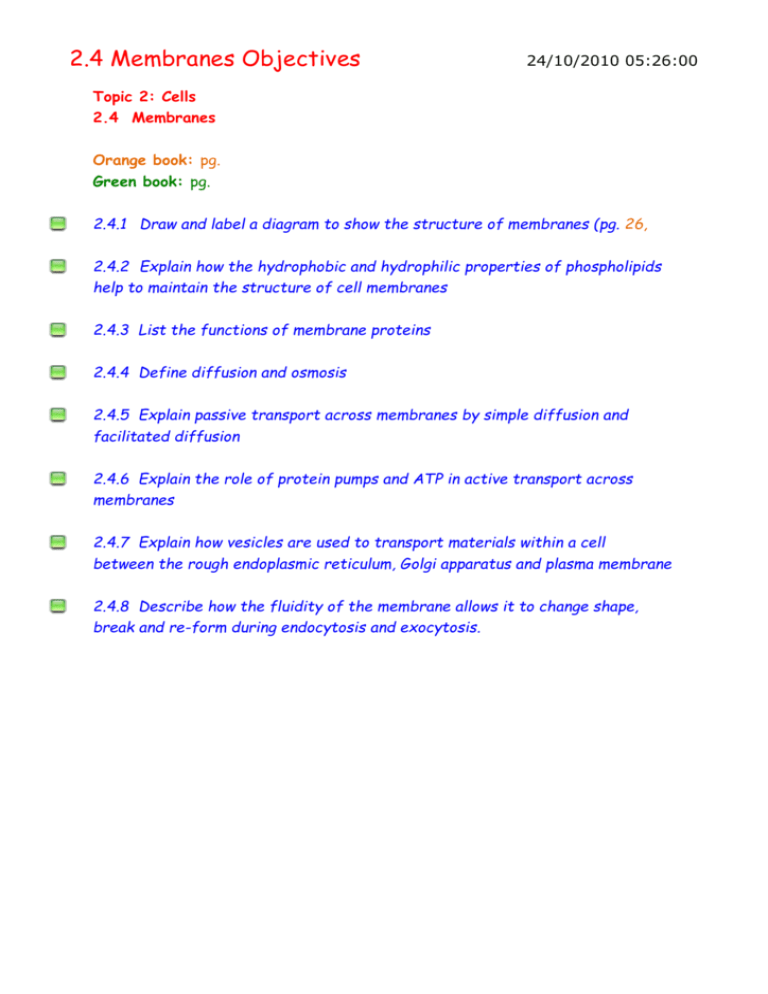

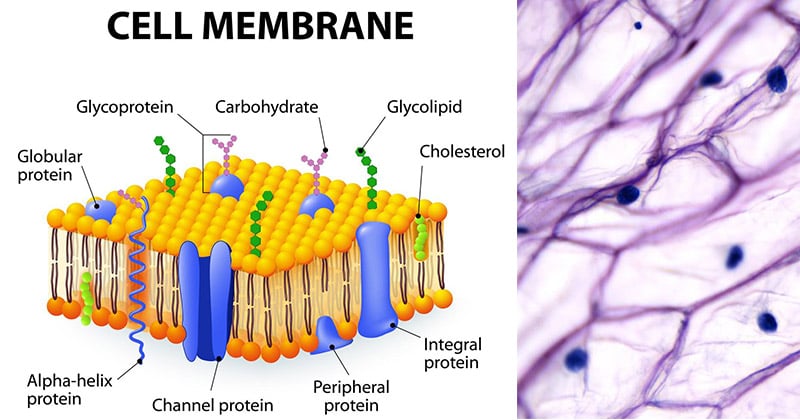

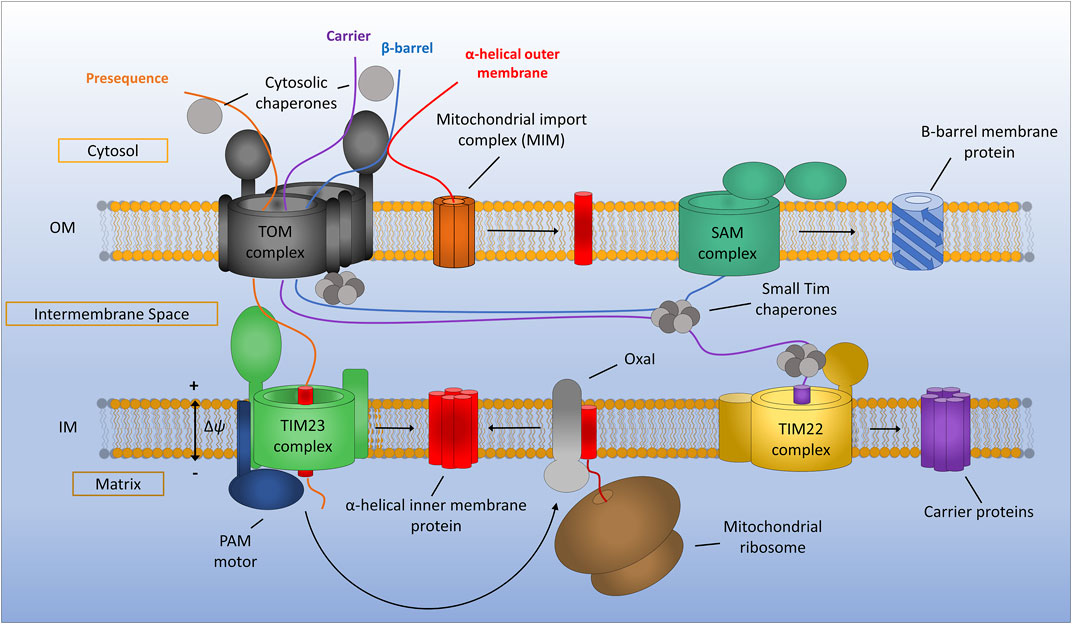





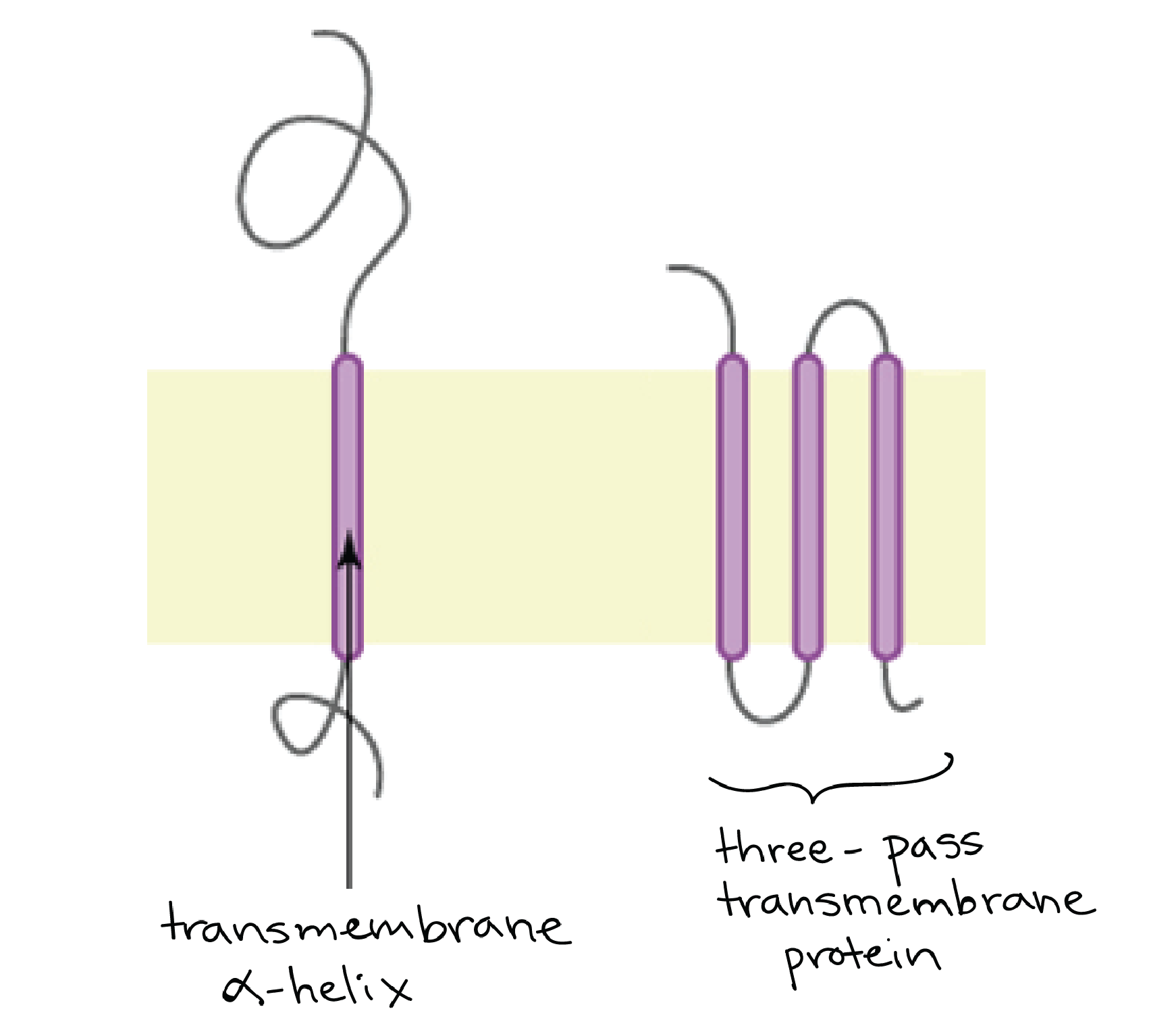
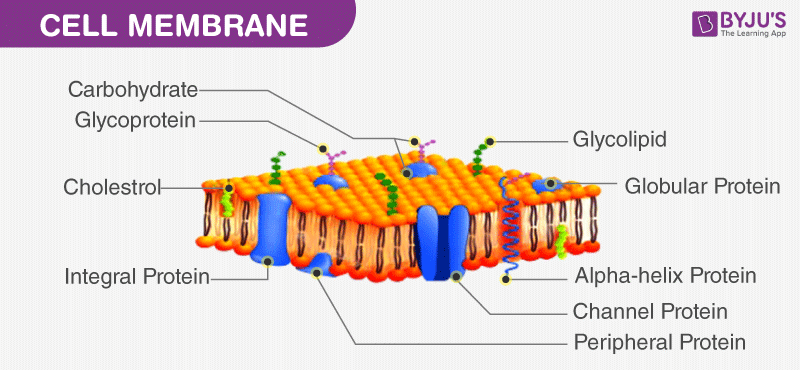


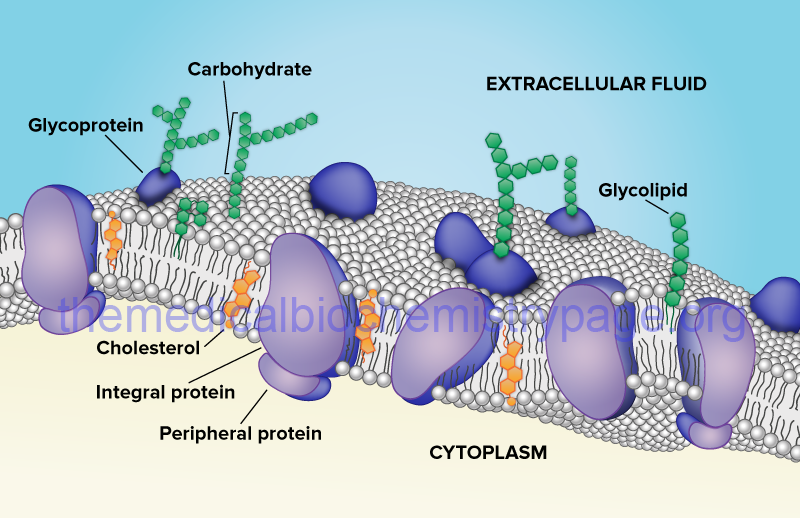
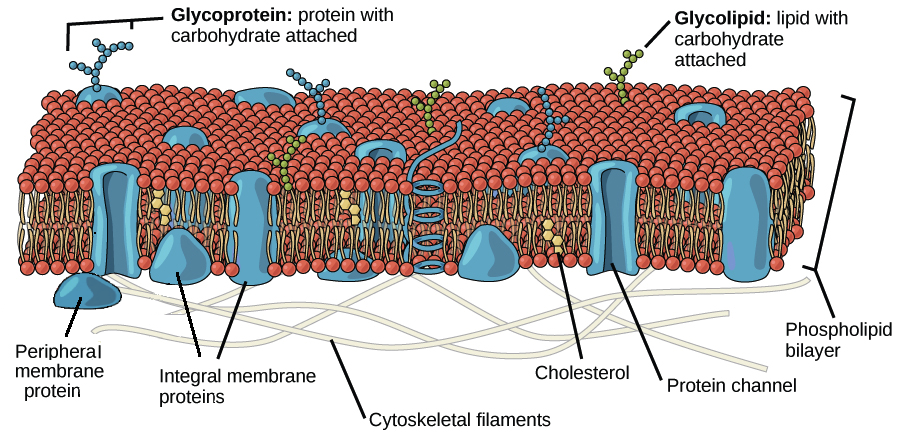
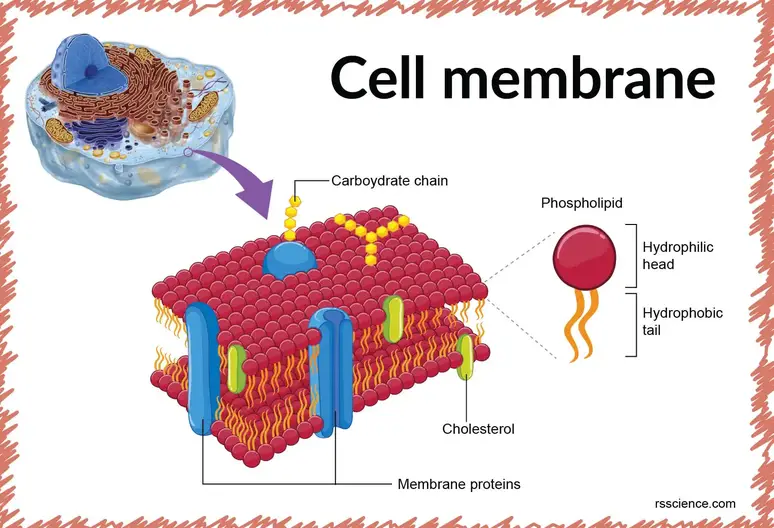


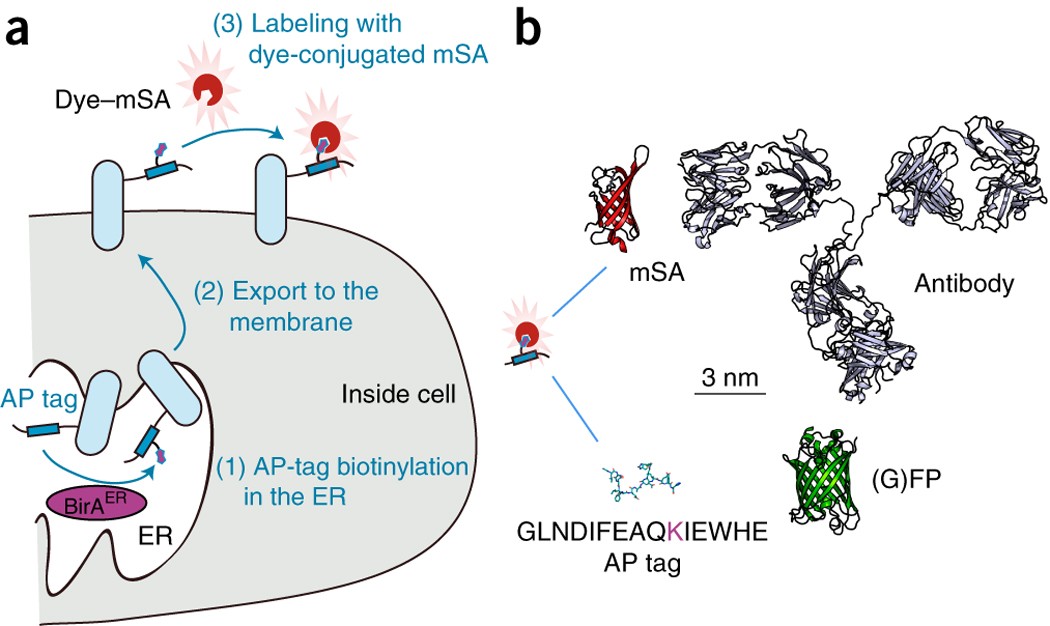
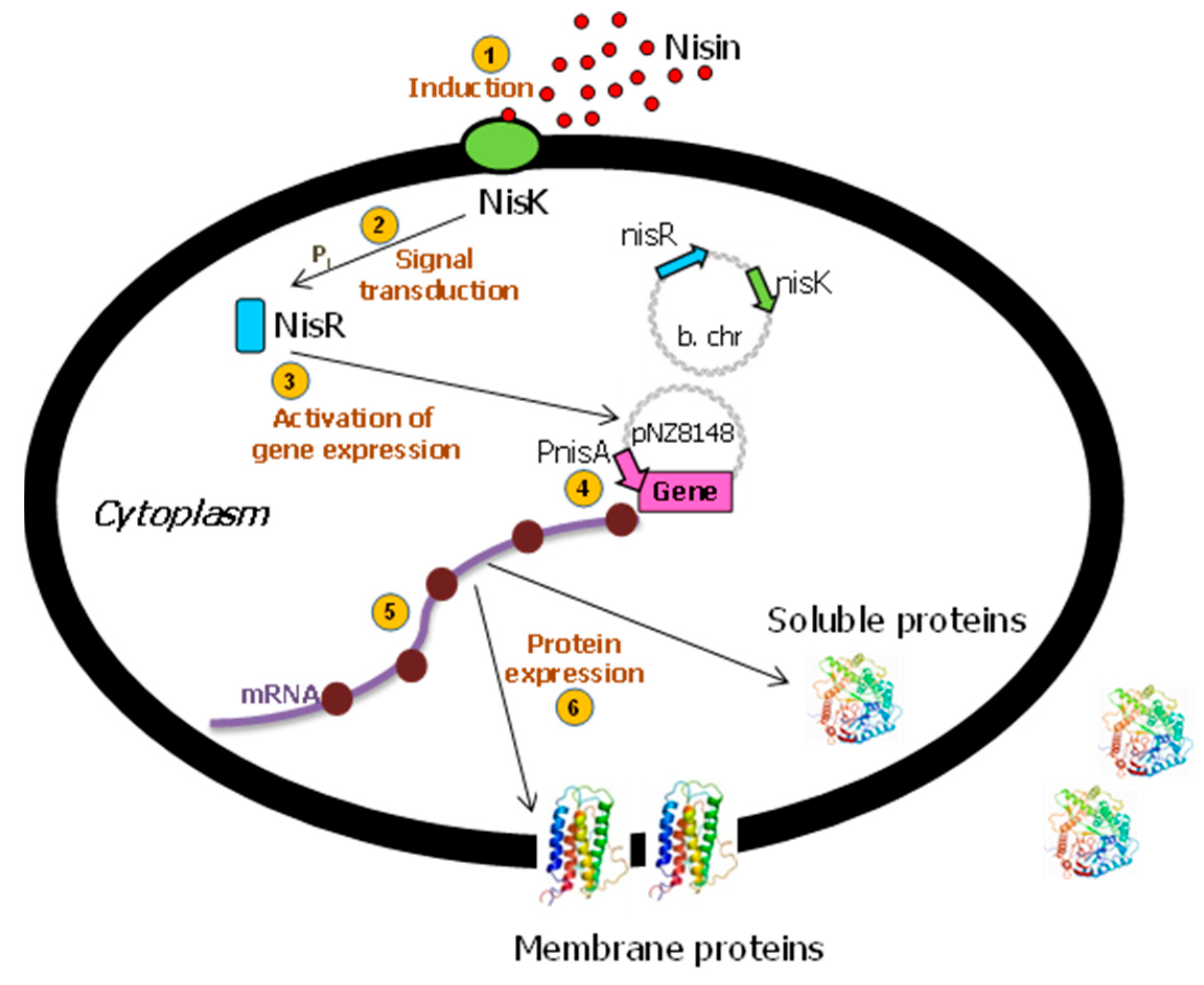
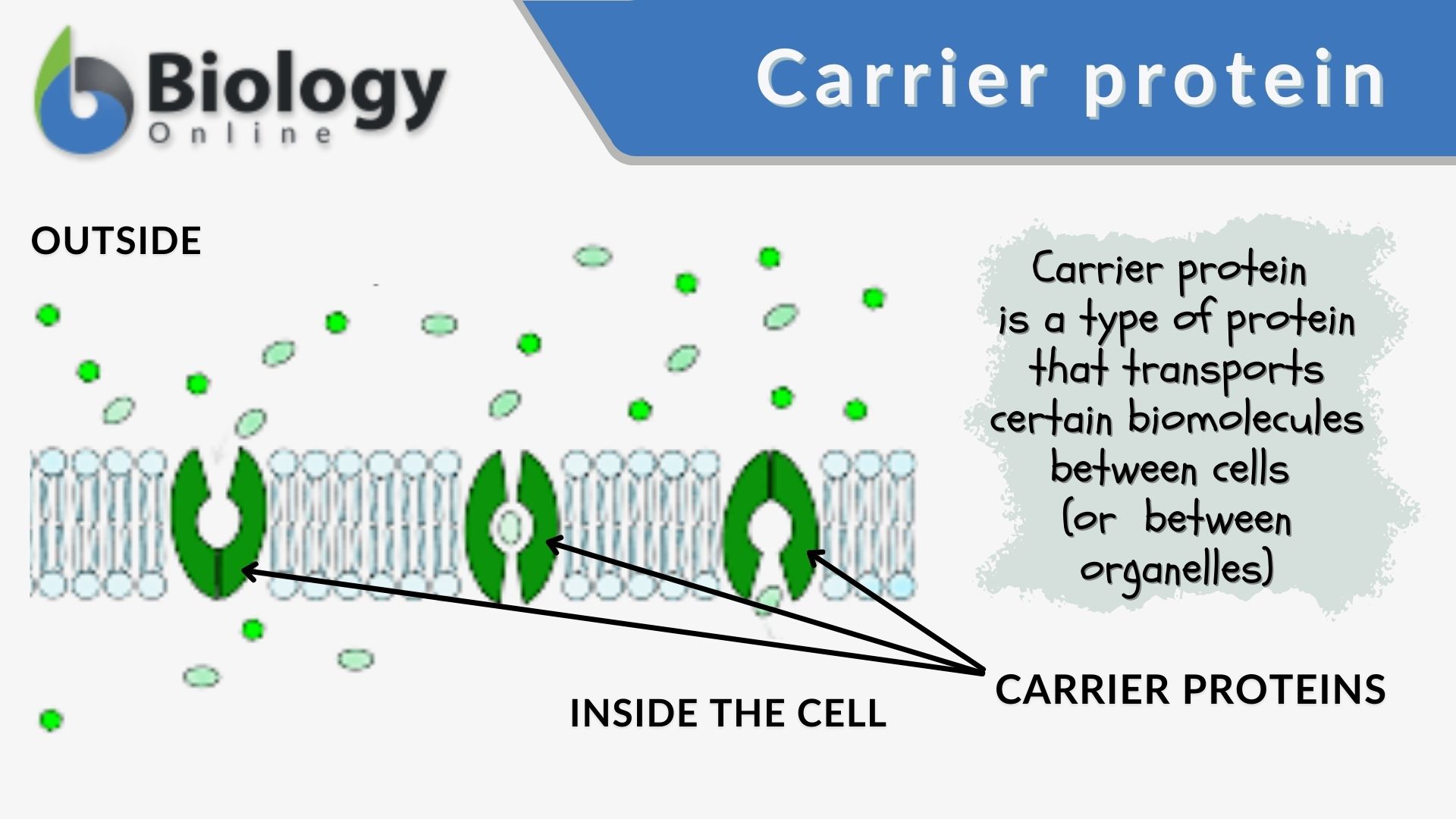
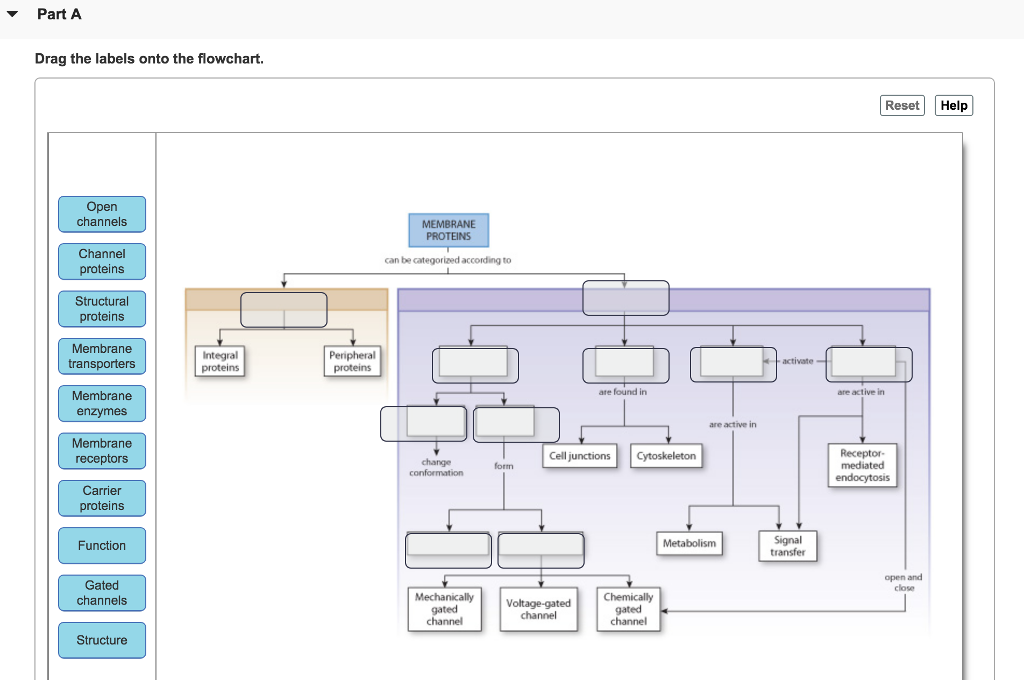
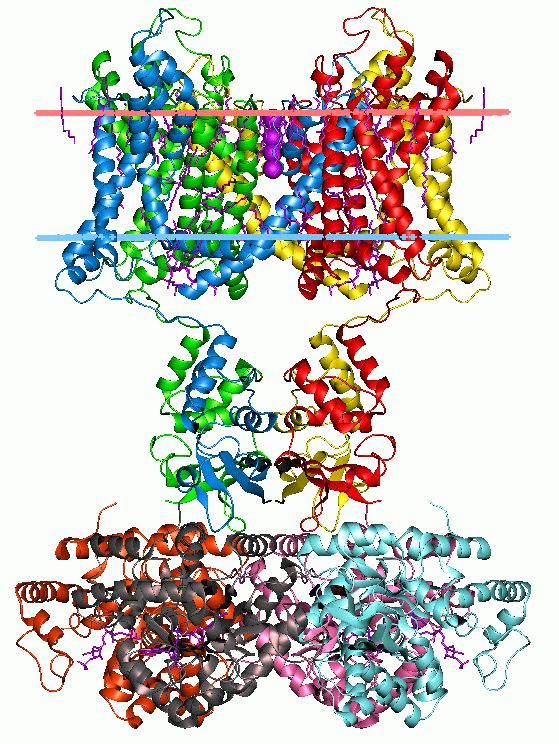




Post a Comment for "45 label the structure and functions of membrane proteins."